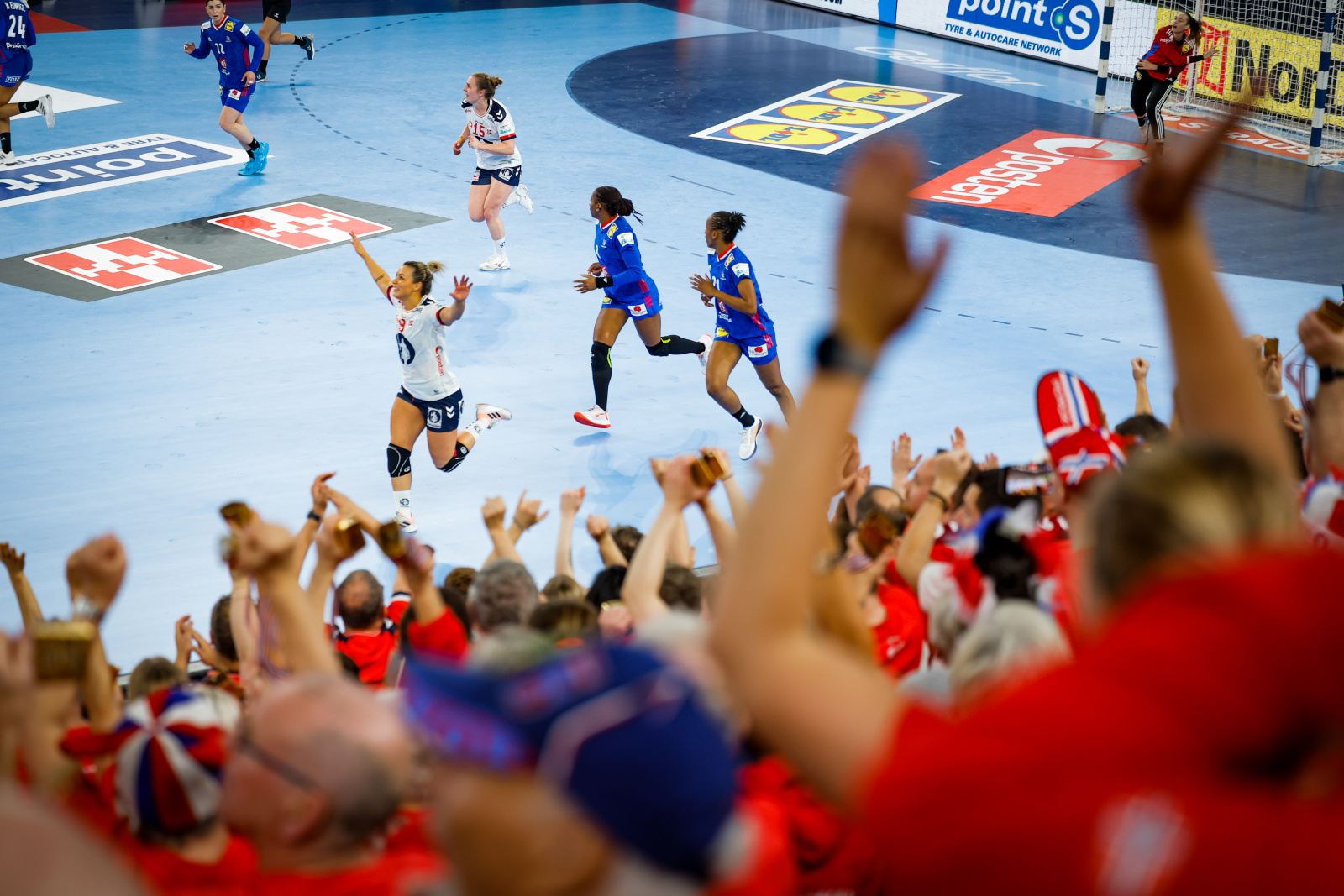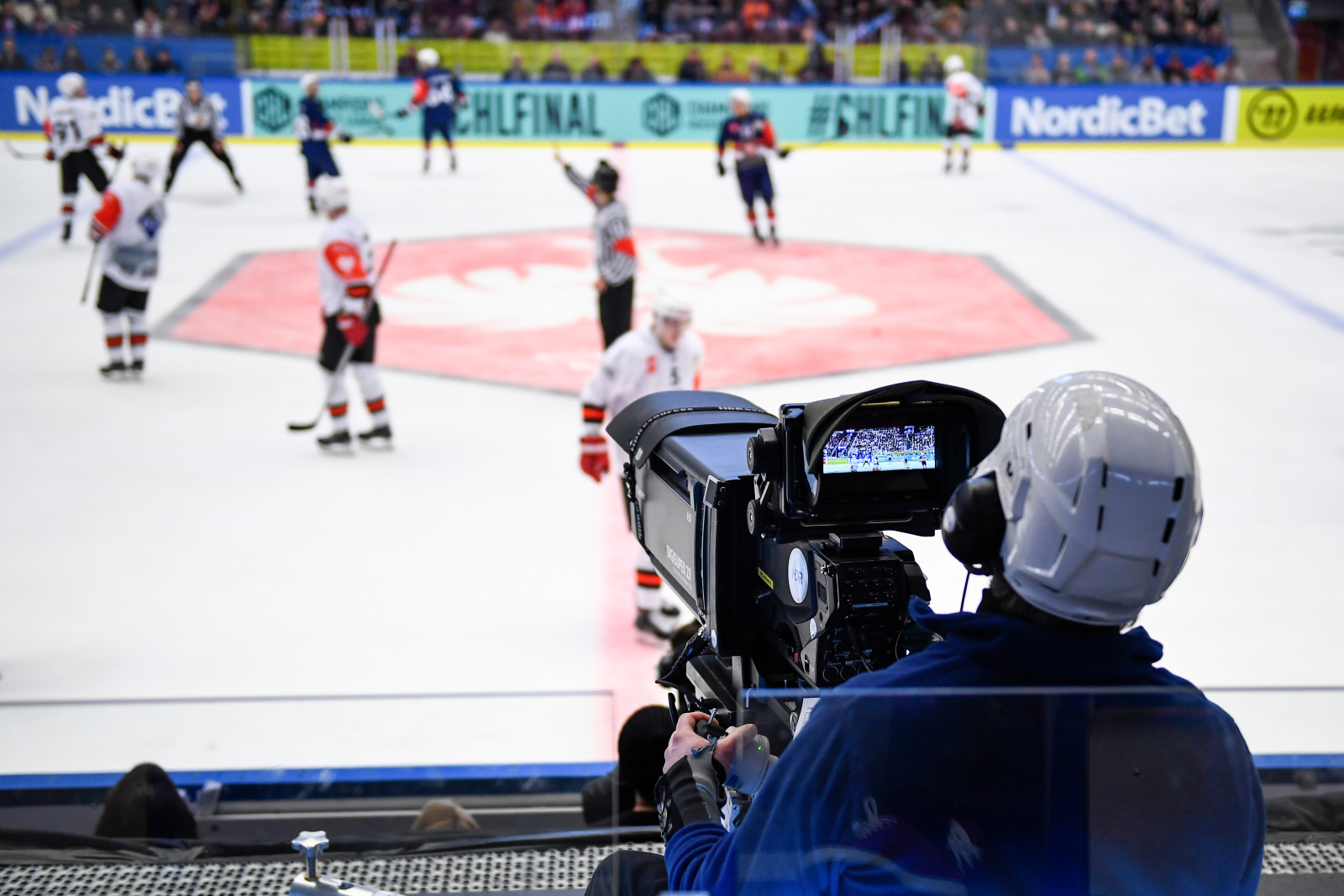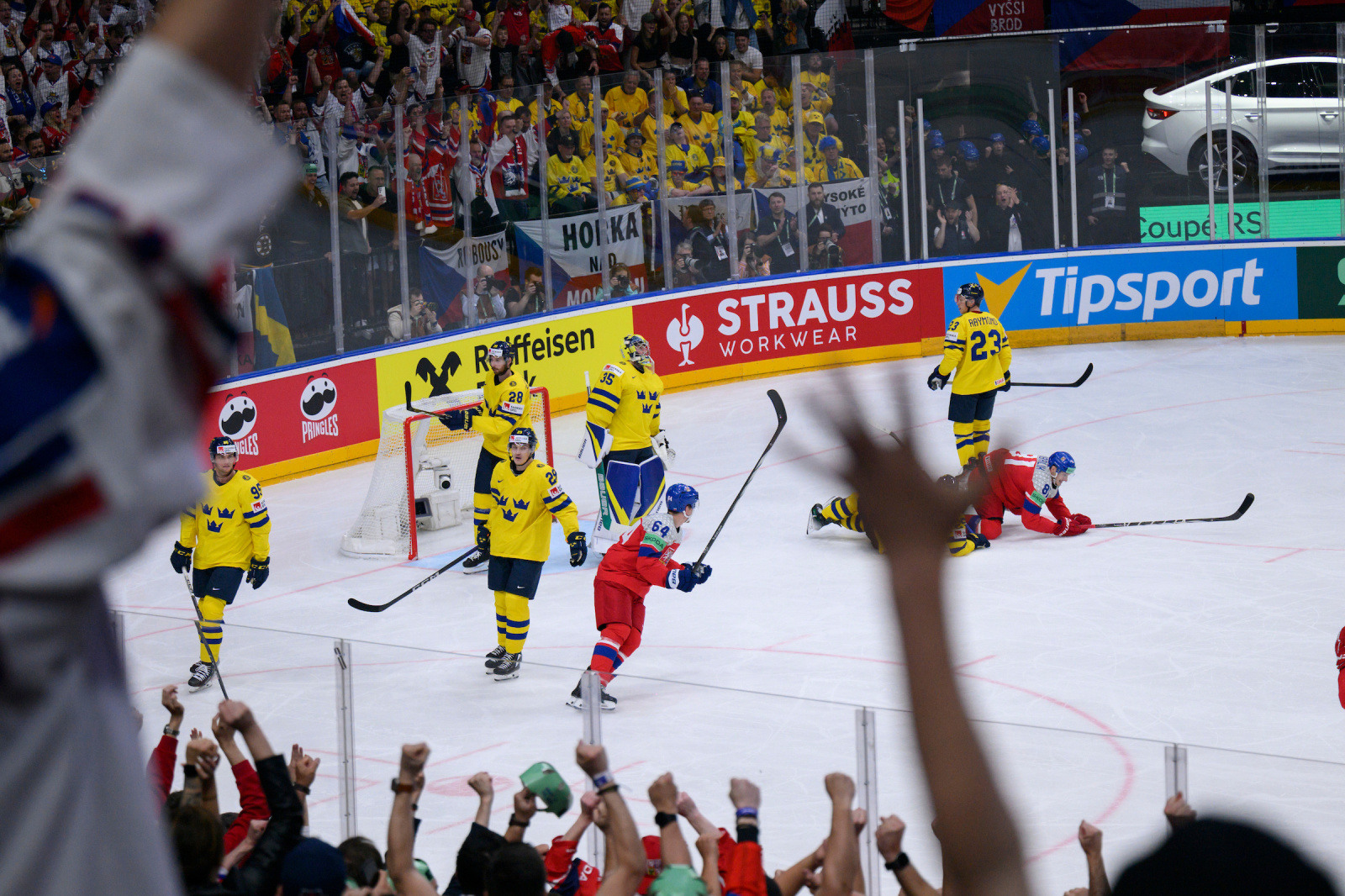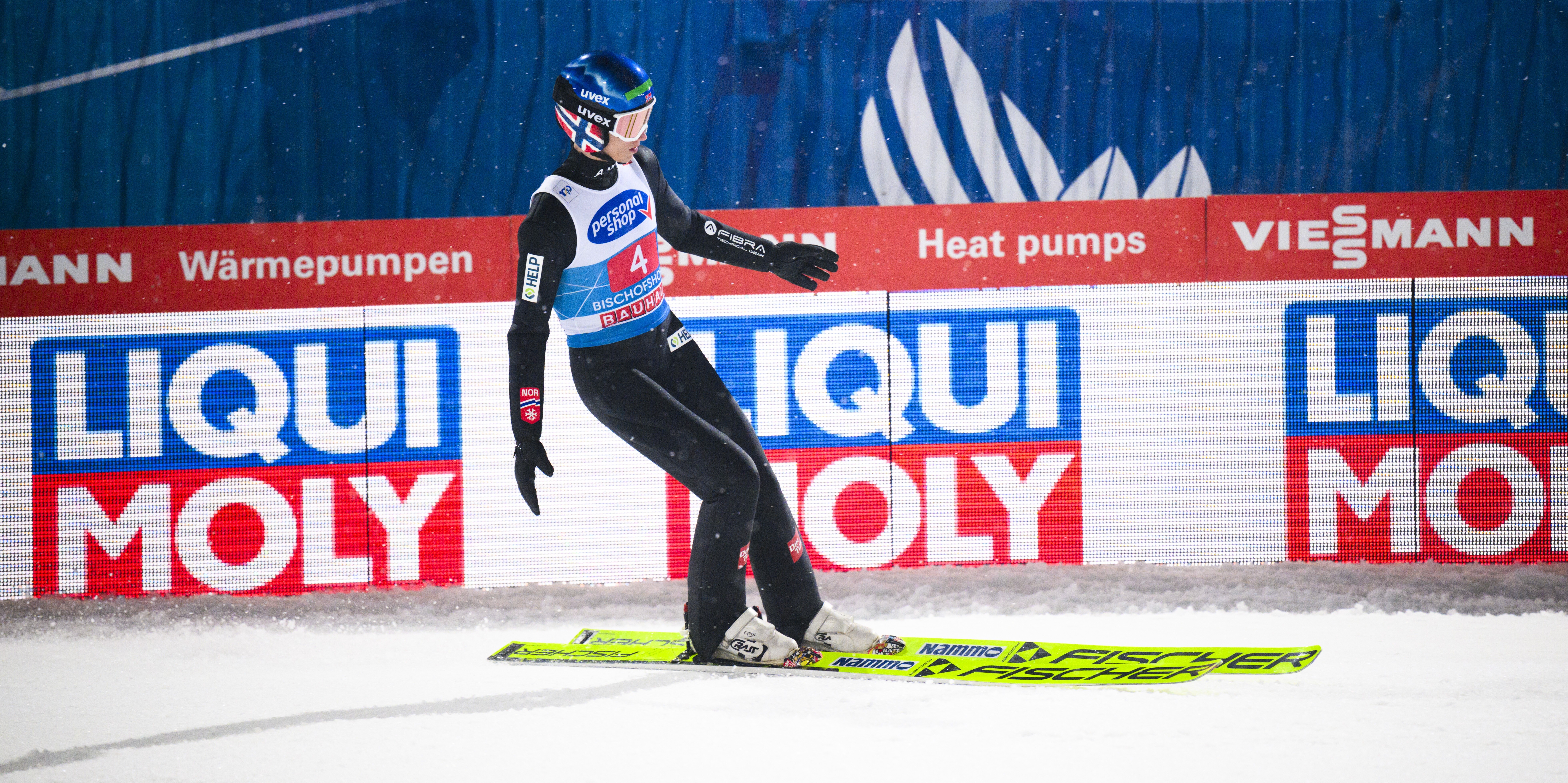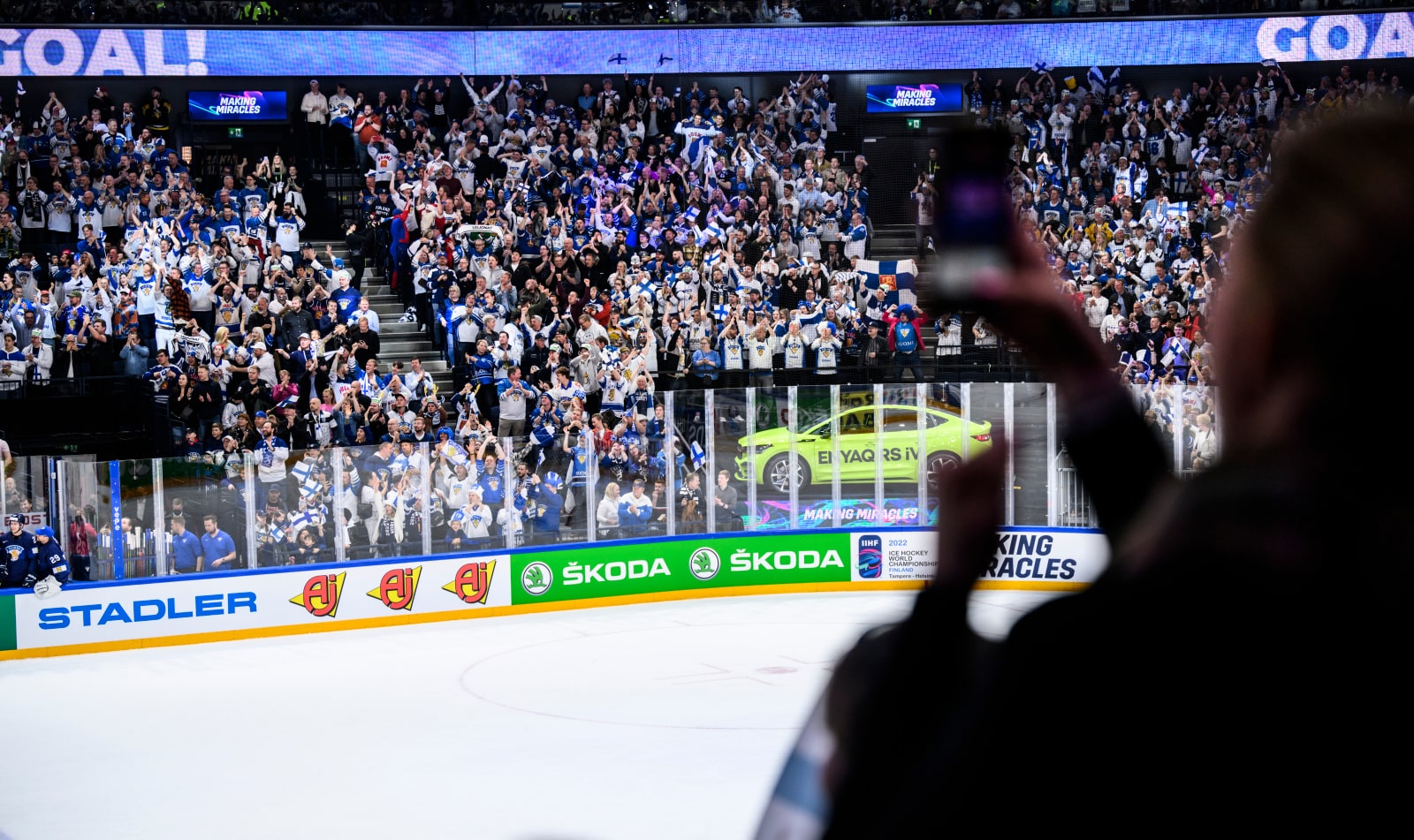In the world of advertising, the allure of new, high-tech platforms like The Sphere in Las Vegas will undoubtedly draw attention. Its projection of the moon was stunning, and the image of a gigantic eye overlooking Las Vegas was equally impressive as it was unnerving. It has even managed to make U2 relevant again.
A recent Twitter (or X) thread revealed the 112m high ball of light was promising almost five million impressions – from both in-person and social media exposure – for $450,000 a day. It is understandably easy to get swept up in the numbers.
To offer a comparison, the upcoming 2024 IIHF Ice Hockey World Championship is expected to welcome over 700,000 fans to venues alone, not to mention the multi-million global TV audience and social media reach. The multitude of touchpoints from sports events – taking into account in-venue, broadcast and social media – ensure that sports sponsorship often reaches a far broader and more engaged audience.
However, when it comes to long-term ROI and targeted audience engagement, how does the ROI of The Sphere measure up to sports sponsorship?
The ROI of The Sphere vs The ROI of sports sponsorship
The Sphere's advertising package offers a four-hour takeover with 4.7 million impressions for $450,000. While the sheer number of impressions may seem impressive, it's crucial to ask: are these impressions converting to meaningful engagement or sales? How is that being measured? Mass advertising often lacks the targeted approach that many brands need for a sustainable ROI.
In contrast, sports sponsorship often allows for targeting specific demographics who are not just viewers but emotionally engaged fans. This leads to more meaningful brand interactions and higher conversion rates.
Brand KPIs: Short-Term Buzz vs Long-Term Association
Whilst the same arguments could be made for sports sponsorship, there are often multiple approaches presented, including a broader offering. This allows for a wider range of Key Performance Indicators (KPIs) to be influenced, from brand awareness to customer loyalty. The Sphere may be better suited for companies with high brand awareness and larger budgets looking for a quick impact, whereas sports sponsorship offers a long-term investment in brand equity.
For brands looking for engagement beyond mere impressions, it does offer a more tailored approach at more accessible levels, making the ROI of sports sponsorship more measurable.
Targeted over mass advertising
There is also the ability to target specific demographics, lifestyles and geographic locations, ensuring that your advertising budget is spent more efficiently. If your brand aligns more with the winter sports community, investing in skiing or biathlon sponsorship will likely yield a higher ROI than mass advertising. Of course, combining sponsorship with TV advertising offers the optimal complement for brands hoping to reach a sports audience at every touchpoint of the event.
This ignores the inarguable strength of leveraging digital platforms to reach fans also. Social media and the growth of owned platforms has provided more opportunities for rightsholders, and as an extension for brands, to learn more about the people watching their sport. This can result in truly drilling down and establishing what makes an audience tick and how best to connect to them. For rights holders and sports entities, it provides an opportunity to create new revenue streams by using the data to create unmatched experiences, tailored for each fan.
The unseen ROI: Emotional engagement
Sports sponsorship offers something that mass advertising platforms can't: emotional engagement. Fans of events like the IIHF Ice Hockey World Championship, EHF EUROs or Bundesliga are not just passive viewers; they are engaged members of a community. This value-centred way of communicating through sports sponsorship can lead to long-term brand loyalty, a metric often overlooked when calculating ROI. This purpose marketing can lead to long-term brand loyalty, which is invaluable and often undermeasured in ROI calculations. This value-centred way of communicating is becoming more worthwhile as consumers put more faith not in products, but brands which match their own individual values.
While new advertising platforms like The Sphere may offer the allure of mass exposure, sports sponsorship provides a more targeted and emotionally engaging advertising opportunity. When it comes to long-term ROI and meaningful brand engagement, sports sponsorship remains a smart investment for brands at all levels.
Long-term vow vs short-term wow
While new advertising platforms like The Sphere may offer the allure of mass exposure, sports sponsorship provides a more targeted and emotionally engaging advertising opportunity. Moreover, the longevity offered by sports sponsorship presents a stark contrast to the short-lived four-hour takeover The Sphere provides for the same price. In a sports partnership, brands have the opportunity for year-long or even multi-year engagements, serving as a more versatile platform to communicate and interact with their target audience. When it comes to long-term ROI and meaningful brand engagement, sports sponsorship remains a smart investment for brands at all levels.
In a world captivated by the bright lights of new technologies, it's worth remembering that the enduring glow of community and engagement offered by sports sponsorship not only keeps brands relevant but forges connections that outlast mere impressions.

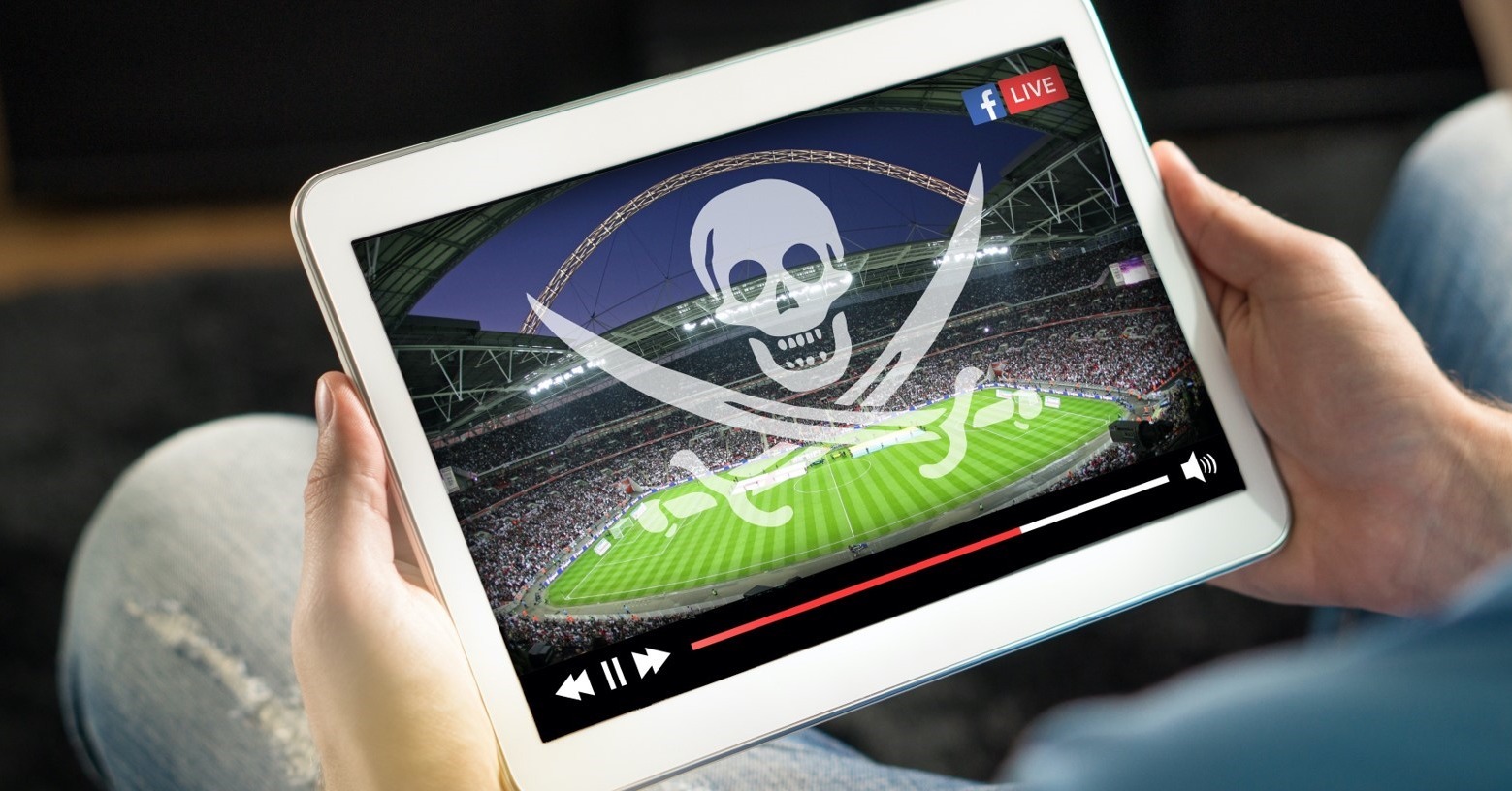
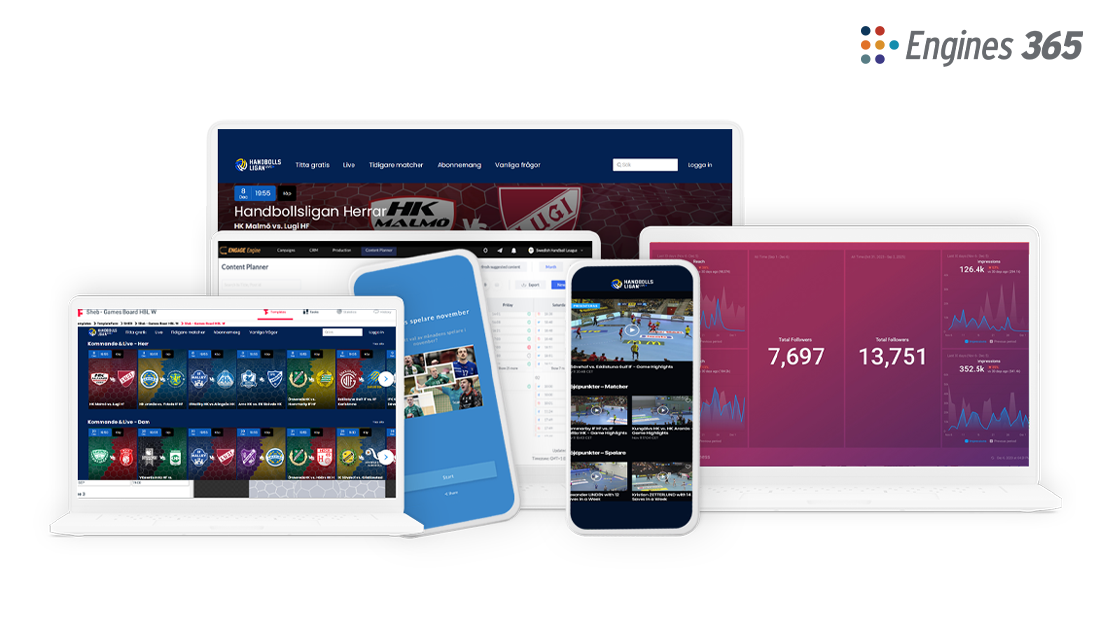
%20(1).jpg?width=2000&height=1333&name=2023-10-03T065808Z_1235149260_MT1ANADL000UK8NWX_RTRMADP_3_ANADOLU%20(1)%20(1).jpg)
